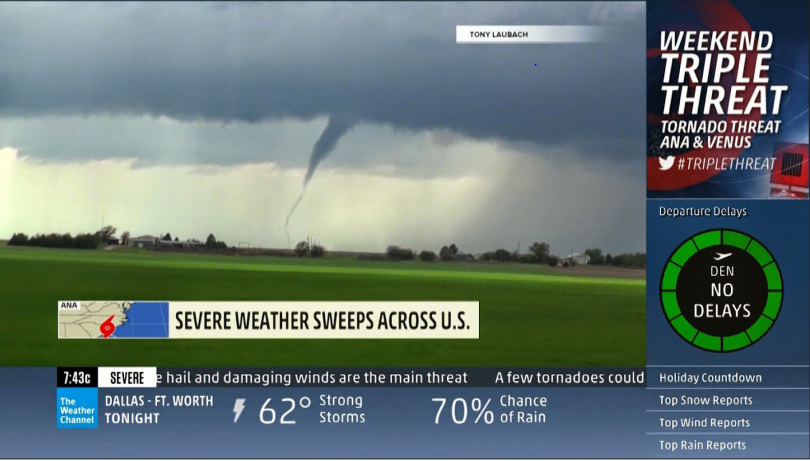GJR book review: Red Smith: ‘Tomorrow will be better’
American Pastimes:
The Very Best of Red Smith
Authors: Terence Smith, Walkter Wellesley “Red” Smith and Daniel Okrent
Publisher: The Library of America, New York
iBook: $14.99, 576 pages
Collections of old newspaper columns often are painful to read. With time, context and currency have faded, and observations that once seemed fresh or witty now seem trite and stale.
One happy exception, however, is “American Pastimes,” the recently released compilation of work by sports columnist Red Smith, spanning his work for the St. Louis Star covering Dizzy Dean to 1934 to his final column for the New York Times, written just days before he died in January 1982. More than three decades after that last column, any paper, any magazine, any website would be thrilled to publish work that sparkles and moves like this.
I became a reader of news in the 1970s. I would read sections of the Times as my father discarded them. Fortunately for me, he didn’t share my interest in sports, so that was what I often got first. My day, therefore, often began with Red Smith (and got steadily more dreary from there). As editor Daniel Okrent says in his excellent introduction, “Smith was tall enough to stand shoulder-to-shoulder with the finest prose artists in 20th century American literature.” His subject was ultimately unimportant and his touch often was light, but what he crafted on deadline was memorable and powerful.
Okrent has organized the book both chronologically and by subject matter. Smith adored baseball, boxing and fishing in particular, so long stretches of columns are sorted into sections on those topics. Other columns are divided into sections by decade, and they show his versatility. Smith moved from the Philadelphia Record to the New York Herald Tribune in 1945. In those dark days before ESPN made sports (and talking about sports, and talking about talking about sports) all too available, the Herald Tribune was one of the loudest megaphones a writer could have. The top New York papers had influence as far as the Mississippi River – and when none of the major sports leagues had teams on the West Coast, that megaphone essentially covered the entire sporting world. Or so New York editors must have thought, anyway.
Smith had no portfolio. He covered no single sport and often made a point of looking at the periphery of the scene – that place where many good reporters find telling details. “An intense focus on the sideshow to the main event was essential to Smith’s craft,” Okrent notes. “Not the roaring cars hurtling around the Indianapolis Speedway, but the faces and clothing and refreshment choices of the crowd in the infield.” He displayed the beauty of finding your own story and telling it in your own voice.
He didn’t love all sports. Despite his fascination with boxing, that most violent of all sports, he looked down on motor racing. He wrote disdainfully of “the sports car faith, a booming religion whose ritual includes human sacrifice,” as if that was never part of boxing’s attraction.
Many of Smith’s columns about fishing are as much languid travelogues as they are about fishing. He takes us fly-fishing in Beaverkill, near Roscoe, N.Y., and bass fishing all over the East Coast. These columns usually featured some dopey men facing off against dim-witted fish, and the victor was usually beside the point. In Martha’s Vineyard, for example, Smith tells us, “A guy would make a few fruitless casts, then thrust the butt of his rod into the sand and go light up a cigarette and tell some lies.” The point was just to be there.
He was at his genius best when he married commentary to observation, as when he described the mayor of New York throwing out the ceremonial first pitch at Ebbets Field: “Then he threw the ball, a weak little blooper that plopped almost unnoticed on the turf. By this time the band was parading to the flagpole, flanked by enough military to occupy Formosa.” He later quoted Dodgers manager Billy Herman arguing with the umpire: “You are a short word of Anglo-Saxon origin.” This is how to delete an expletive.
Later, when the Mets (“those golden-hearted clowns of all creation”) became amazing in 1969, he captured the baseless optimism colored by cruel history that is true even now. He wrote about a true believer who “had been watching the Mets ever since they introduced the pratfall to baseball back in 1962.” Which makes his last line of the last game so delicious, after pitcher Jerry Koosman completed the win. “When it ended, Koosman was wearing his catcher like prayer beads.”
He also knew the beauty of specificity. Writing about the first epic battle between Muhammad Ali and Joe Frazier, in 1971, Smith wrote that “it was as though Joe Frazier had hit him with a baseball bat, Frank Howard model.” Not just a bat, but an awfully big one. It was a reference guaranteed to get a knowing smile from readers. So was the line from the rematch in Manila, that an Ali shot “sent Frazier reeling back on a stranger’s legs.”
Smith often compared writing to being bled to death. He took to heart Nathaniel Hawthorne’s view that “easy reading is damn hard writing.” But in that very last column in 1982, he explained why he kept at it. “One of the beauties of this job is that there’s always tomorrow. Tomorrow things will be better.” It’s the journalist’s credo.
Andrew Smith is a reporter for Newsday. He is also a New York Mets fan, still.
